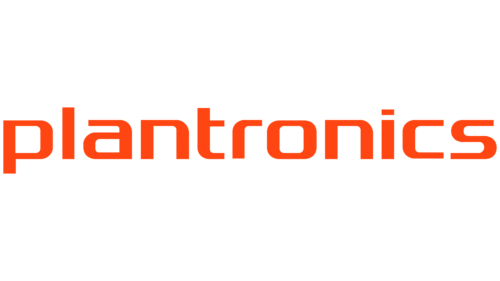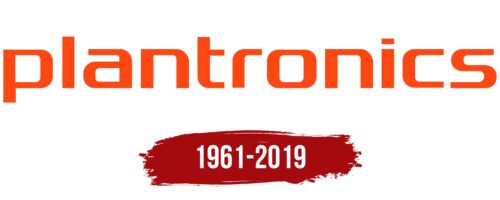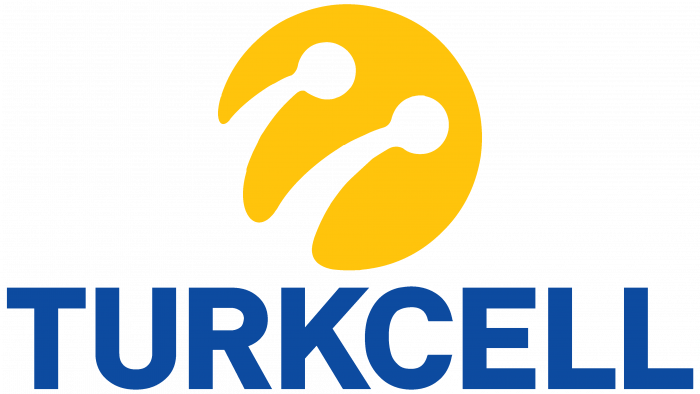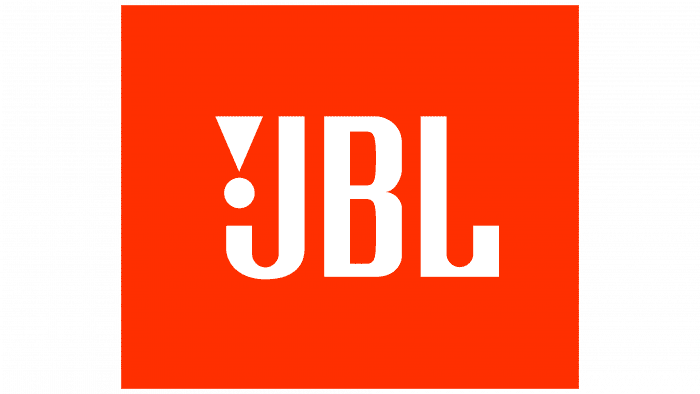Plantronics: Brand overview
In 1961, Courtney Graham and Keith Larkin, who founded Pacific Plantronics, traveled to Santa Cruz, California, with the intention of revolutionizing the aviation industry by creating lightweight and comfortable communication headsets. Within a year, they introduced the MS-50, the world’s first lightweight headset designed for commercial pilots, which quickly gained popularity.
The 1960s were a watershed period for the company. Plantronics became the exclusive supplier of headsets for air traffic control and had the unique honor of supplying audio equipment for the famous NASA Apollo space flight. It is known that Neil Armstrong transmitted his iconic first words from the surface of the moon precisely through a Plantronics headset.
Over the years, the company has expanded its horizons beyond aviation and space. It began developing headsets for different environments, such as offices, customer service centers, and even gamers. This diversification has enabled Plantronics to take a leading position in the audio communication devices sector.
In 2018, as a strategic move, Plantronics acquired Polycom, a company specializing in video and audio conferencing solutions. This acquisition led to a rebranding in 2019 that resulted in the company being named “Poly,” combining the strengths of Plantronics and Polycom’s product portfolios.
Today, under the Poly name, the company offers a wide range of audiovisual products targeting a variety of industries, including businesses, mobile device users, and the gaming community. Poly maintains its pioneering spirit and traces its history back to the creation of lightweight aviation headsets.
Meaning and History
1961 – 2019
The American electrical engineering company uses a text logo. The most important element is the company name on a single line. The font is geometric, square-shaped with rounded corners, similar to Severin Meyer’s Xolonium Regular. The letters are devoid of serifs, which makes them crisp and clear. The lettering is expressive, easy to read, and clear. The corporate color of the logo is orange, which is associated with positive energy, happiness, pride, determination, and self-confidence.
The orange color creates the feeling of a warm, glowing light bulb that evokes pleasant feelings. The square-shaped letters look solid, like building blocks, which speaks to the strength and reliability of the company. The rounded corners make the squares a little softer as if to say, “We are strong but also friendly.” The logo resembles a bright greeting from a firm handshake.
Plantronics color codes
| Orange Red | Hex color: | #ff4612 |
|---|---|---|
| RGB: | 255 70 18 | |
| CMYK: | 0 73 93 0 | |
| Pantone: | PMS 1655 C |





